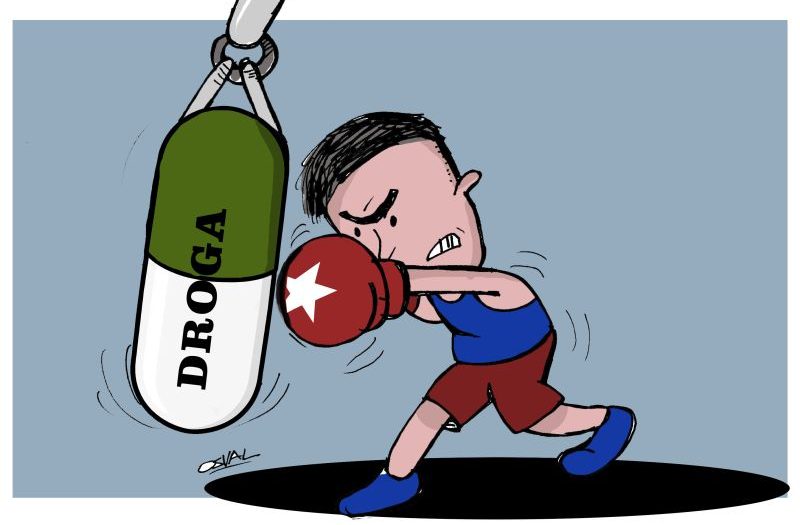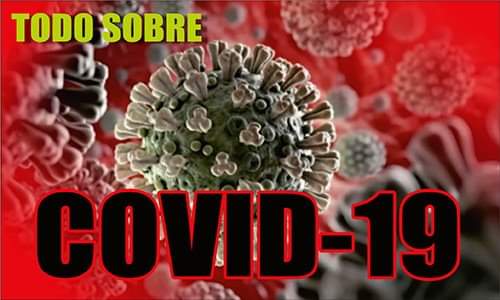
At a time when there is much talk and debate about drug use among young people, one essential aspect is the high degree of awareness that the community, institutions, authorities, and families must express on this issue. It is a matter that concerns us all and that we sometimes sweep under the rug.
Recently, the Health Department organized an interactive talk in a certain neighborhood in the provincial capital. We were there to report on the event as part of 26 newspaper coverage of the issue. We were moved to see the efforts of the specialists to be creative in their intervention, on the one hand, and on the other, the minimal community support and support from neighborhood structures at that moment, which could have changed perceptions, impacted a life, and raised the necessary awareness.
As we say in Cuba: “This is not how we win the war.” This “struggle” must be extended to all scenarios and cannot be taken for granted or become exhausting, especially when the main victims are adolescents. In this matter, they walk a tightrope, because at their age, they are constantly seeking new sensations and experiences, they feel the need for greater freedom, as well as to be accepted by their group of friends or their new love.
The urgency to look good in front of others often leads them to adopt imitative behaviors that can, yes, end in positive actions or correct decisions, but also in episodes that trigger risks to their health and their lives.
It is a myth to think that consuming tobacco, alcohol, or any other substance cannot result in serious harm; it is the gateway, the starting point for something that could interfere with brain development, decrease academic performance, and cause a loss of sexual desire.
Some users say that drugs have helped them escape reality and their problems. The big mess comes later. They move from one world to another, a more turbulent, convoluted, and uncertain world, which dominates them while reducing their ability to react and be themselves. Mental illnesses such as schizophrenia, various forms of depression, and anxiety will no longer be foreign to them, but very much their own.
To top it off, after the hallucinogenic and “relaxing” effects wear off, the personal dilemmas that made you want to escape will still be there, possibly even bigger, and you will certainly have less energy to face them. Relapses will become a vicious cycle that only you can stop.
It turns out that stopping is easier if the community, family, institutions, etc., form a support network, if they open doors and feel that mission as their own.
Experts in health care in neighborhoods such as La Loma and Mexico, and their surrounding areas, are aware of these contrasts as they give talks and carry out other tasks. According to statistics, 23 percent of the addicted patients treated between February 2024 and February 2025 in the medical services here come from these areas. And places, next to “Santo Domingo,” where around 80 percent of all people who come to health institutions for that reason in this locality buy drugs, according to authoritative sources.
The drive to get off the rocky road of drug addiction has to come from homes, community groups, political and mass organizations... Add educational centers, parks... any space that can be used to provide life-saving knowledge, share experiences, and show the consequences of a decision that is always better not to make. Only together will we get rid of such a thousand-headed beast.





